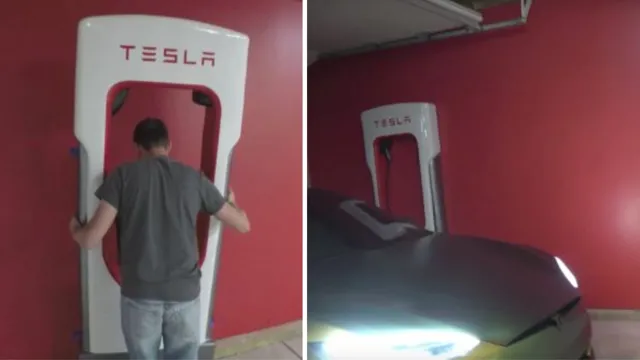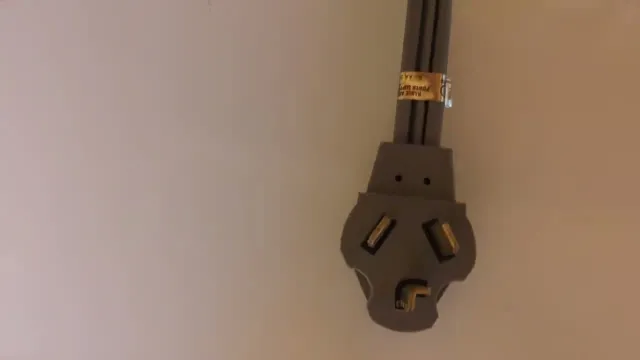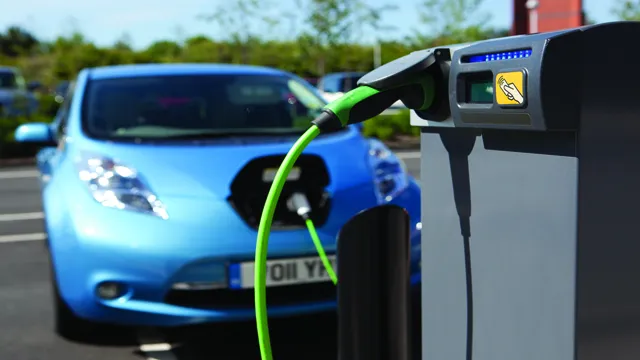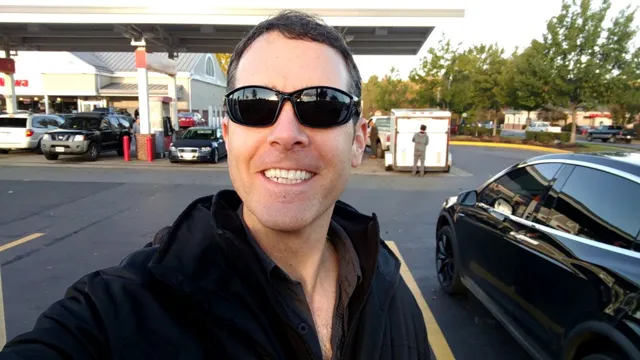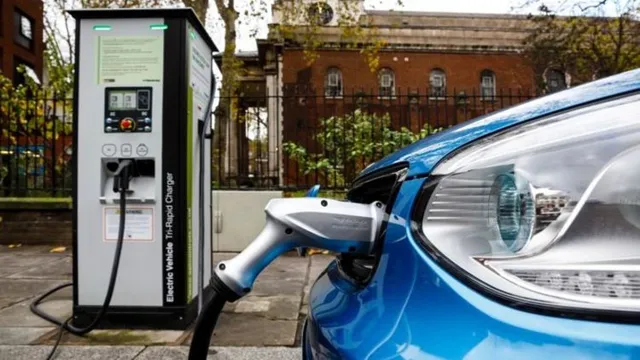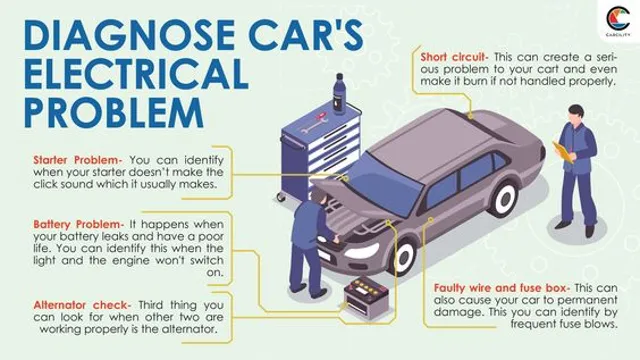Revolutionize Your Charging Experience: Installing a Tesla Supercharger at Home
Have you ever imagined owning a Tesla and having the convenience of charging it at home? Well, it’s possible, and we’re here to guide you through it. Tesla’s Supercharger network is extensive, but with the company’s Wall Connector, you can enjoy the convenience of charging in the comfort of your own home. The Wall Connector is a reliable and fast-charging option that provides 44 miles of range per hour to your Tesla.
With this charging option, you can go from a 20% charge to a full battery in just a few hours. This means you can charge your car overnight and wake up with a fully charged battery. In this comprehensive guide, we’ll dive into the components of the Wall Connector, the installation process, the cost, and everything you need to know to ensure you’re getting the most out of your Tesla’s home charging experience.
We’ll also provide tips and insights that will aid in prolonging your battery’s lifespan and maximizing the efficiency of your charging setup. By the end of this guide, you’ll have all the information needed to set up your own Tesla Supercharger at home, allowing you to enjoy the convenience of charging your car at home without having to rely on external charging stations. So, let’s get started!
Cost and Installation
If you’re considering purchasing a Tesla and wondering if you can install a Supercharger at home, the answer depends on a few factors. First, you’ll need to have sufficient electrical capacity at your residence to handle the high amount of voltage required to charge a Tesla quickly. Second, you’ll need to have enough space in your garage or on your property to install the Supercharger itself.
Third, you’ll need to obtain any necessary permits and follow local building codes to ensure a safe and legal installation. As for the cost, a Tesla Supercharger can range from $6,000 to $23,000 depending on the type and capacity. Additionally, there may be additional costs associated with permits and installation fees.
Keep in mind that while the initial cost may seem steep, the convenience and time-saving benefits of having your own Supercharger at home may outweigh the expense in the long run.
Breakdown of Supercharger cost and installation process for home use
Supercharger cost and installation process for home use can vary depending on various factors, including the type of car you own and the type of charging system you want. Typically, a basic home charging system can cost anywhere between $500 to $2,500 including installation costs. However, this cost can go up to $10,000 or even more if you opt for more advanced features like higher capacity charging stations or specialized installation requirements.
The actual cost will depend on factors like your location, electricity rates, and any available incentives. Generally, the installation process for a home charging station involves finding a reliable electrician or installer, selecting the appropriate charging station, and ensuring that your wiring and electrical system is capable of supporting the station’s power requirements. With proper planning and installation, a supercharger setup can provide reliable and convenient charging for your electric vehicle at home, making the switch to a greener energy source even more attractive and convenient.
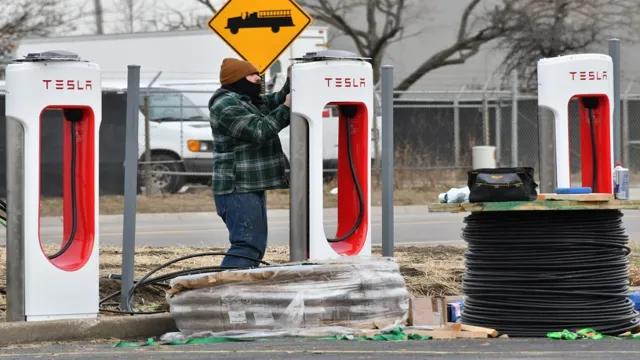
Requirements for Installation
Yes, it is possible to install a Tesla Supercharger at home, but there are several requirements that must be met to ensure a safe and effective installation. Firstly, you will need to have a dedicated circuit and power supply capable of delivering 480 volts and up to 72 amps of continuous power. Additionally, you will need a compatible Tesla vehicle and a Tesla Wall Connector, which is specifically designed to work with the Supercharger.
It is important to note that Tesla recommends that the installation of a Supercharger be performed by a certified electrician or Tesla installation professional to ensure that all safety protocols are followed. It is also important to check with your local zoning laws and regulations to ensure that the installation of a Supercharger is permitted. With the proper planning and installation, however, a Tesla Supercharger can provide fast and convenient charging for your Tesla vehicle right at home.
Overview of physical and electrical requirements for installing a Tesla Supercharger at home
Installing a Tesla Supercharger at home requires careful consideration of both physical and electrical requirements. First and foremost, a dedicated space for the Supercharger must be identified, which should be unobstructed and accessible for easy charging. Additionally, the location must be equipped with a reliable power source and adequate electrical capacity to accommodate the high power output of the Supercharger.
Typically, a 240-volt outlet with a 100-amp circuit breaker is required for optimal charging performance. It is also important to ensure proper ventilation and cooling systems are in place to prevent overheating of the Supercharger during use. Hiring a licensed electrician to assess the electrical capacity of the home and install the necessary infrastructure is highly recommended to ensure a safe and efficient charging experience.
With the proper setup and infrastructure in place, homeowners can enjoy the convenience and accessibility of charging their Tesla vehicles from the comfort of their own homes.
Permits and Building Codes
When it comes to installing a Tesla supercharger at home, it’s important to keep in mind that permits and building codes vary by location. Before embarking on a project like this, you’ll need to do your due diligence and research the regulations in your specific area. Some municipalities require permits for electrical work, while others may have zoning regulations that prohibit the installation of a supercharger in a residential area.
Additionally, it’s important to ensure that your electrical system can handle the added strain of a supercharger. This may involve upgrading your circuit breaker or adding additional wiring to your home. All in all, while it is possible to install a Tesla supercharger at home, it’s important to understand and comply with the relevant permits and regulations in order to do so safely and legally.
Explanation of local building codes and permits required for Supercharger installation
Building codes and permits are crucial considerations when installing Superchargers. Each locality has its own set of regulations and requirements, so it’s essential to check with the local building department first. The permits required for the installation usually include electrical, building, mechanical, and low-voltage permits, depending on the scope of work.
Local codes may also dictate the placement of the Superchargers on a property, the clearance requirements for the charging stations, and the load capacity of the electrical service. Authorities may also require a site plan detailing the location of the charging stations, the type of charging equipment, and the electrical infrastructure needed to support them. Adhering to all local building codes and obtaining the necessary permits is essential to ensure that the installation is safe and compliant with all regulations.
Failure to obtain the proper permits and adhere to building codes can result in fines, penalties, and even legal action in some cases.
Benefits of Owning a Tesla Supercharger
If you’re a Tesla owner and have been wondering if you can install a Tesla Supercharger at home, the answer is not so straightforward. You can definitely charge your Tesla at home using a regular household outlet, but it can take up to 24 hours to fully charge depending on the model. However, to install a dedicated Supercharger at home, you need to have the right electrical setup and the permission from Tesla.
If you meet these requirements, owning a Tesla Supercharger at home can have significant benefits. For starters, you can charge your Tesla much faster, usually in just a few hours. This means you can have a fully charged Tesla every day without worrying about range anxiety.
Additionally, Superchargers are designed to maintain battery health and longevity, which means you can add years to your Tesla’s battery life. Plus, if you generate excess electricity through solar panels or other renewable energy sources, you can use it to charge your Tesla and reduce your carbon footprint. So, while installing a Tesla Supercharger at home may require some effort and investment, the benefits can be worth it.
Detail of the environmental and financial benefits of owning a Tesla Supercharger at home
As a Tesla owner, the benefits of owning a Tesla Supercharger at home are plenty. Firstly, the environmental benefits are remarkable. By charging their Tesla with a Supercharger, owners reduce their carbon footprint, as the electricity used to power the car comes from renewable energy sources.
This is a critical factor to consider for individuals looking to play their role in reducing greenhouse gas emissions. In terms of financial benefits, owning a Supercharger at home ensures that Tesla owners have access to affordable and convenient charging. Charging at home with a Tesla Supercharger is significantly cheaper than using public charging stations, and also saves time as owners can charge their cars while they’re not using them.
Overall, owning a Tesla Supercharger provides a host of benefits which those who drive a regular gas-powered vehicle simply don’t have access to.
Maintenance and Troubleshooting
If you’re a Tesla owner, it’s natural to wonder if you can install a Tesla Supercharger in your home. The short answer is no, you can’t. Tesla Superchargers are designed for public use and are only installed in strategic locations by Tesla.
Plus, even if you could install them at home, they require a high level of electricity that most residential power systems can’t handle. However, Tesla does offer a home charging solution in the form of the Wall Connector. This wall-mounted charger provides faster charging than a standard 110-volt outlet and is more convenient than charging at a public station.
It can be installed either indoors or outdoors and requires a dedicated circuit with a minimum of 60 amps. Although it’s not as fast as a Supercharger, it’s still a great option for Tesla owners who want to charge at home.
Best practices and common issues when maintaining and troubleshooting a Tesla Supercharger at home
Maintaining and troubleshooting a Tesla Supercharger at home requires a certain level of expertise and knowledge. Regular maintenance is crucial to ensure that the Supercharger is working at its optimum capacity. This involves checking the cables, connectors, and cooling system for any signs of wear and tear.
It’s also essential to monitor the energy consumption and charging time of the Supercharger to assess its performance regularly. One of the most common issues that you may encounter is a power outage. To resolve this, you need to check the power source and the charging cable to ensure that they’re working correctly.
Additionally, it’s important to stay informed about any software updates or recalls that may affect your Supercharger’s performance. By keeping up with regular maintenance and troubleshooting tips, you can maximize the lifespan and efficiency of your Tesla Supercharger.
Conclusion
While it may be tempting to dream of having your own personal Tesla Supercharger in your garage, the reality is that it’s not quite as simple as plugging it in and going for a joyride. Despite the challenges that go along with creating your own private charging station, it’s always exciting to have the option to upgrade your charging capabilities and take steps toward a more sustainable future. So, while a home-based Tesla Supercharger might not be a realistic solution for everyone, it’s certainly an option worth exploring for those with the means and desire to do so.
“
FAQs
Is it possible to install a Tesla Supercharger at home?
No, Tesla Superchargers are only available for commercial and public use, and cannot be installed at individual homes.
Can I charge my Tesla at home without a Tesla Supercharger?
Yes, Tesla offers several home charging options, including the Wall Connector and Mobile Connector. These can be installed at home for convenient and reliable charging.
How long does it take to fully charge a Tesla at home?
The time it takes to charge a Tesla at home varies depending on the charging option used and the battery level of the car. On average, the Wall Connector can add about 44 miles of range per hour of charging, while the Mobile Connector can add about 30 miles of range per hour.
Do I need any special equipment to charge my Tesla at home?
Yes, while a standard 120-volt outlet can be used to charge a Tesla, it is recommended to use a dedicated 240-volt circuit and charger, such as the Wall Connector or Mobile Connector. This will provide faster and more efficient charging. Professional installation may be required for these options.

